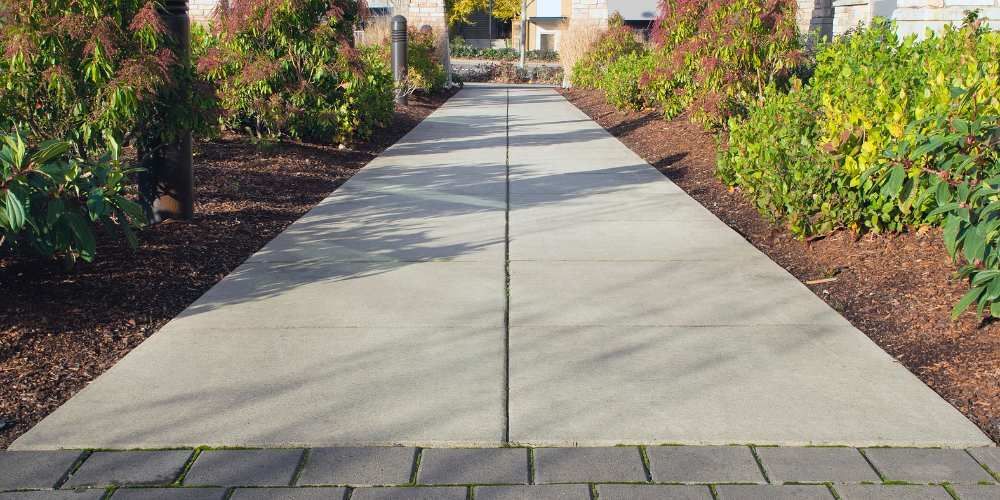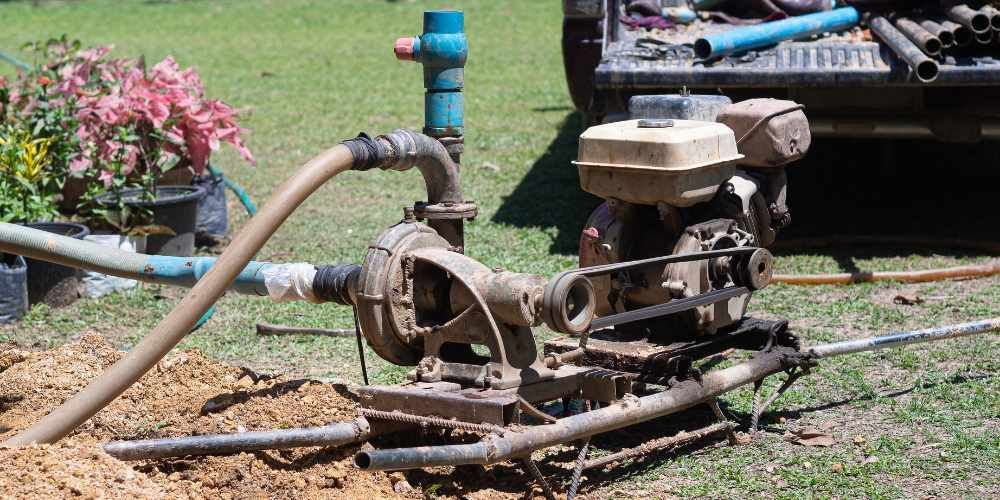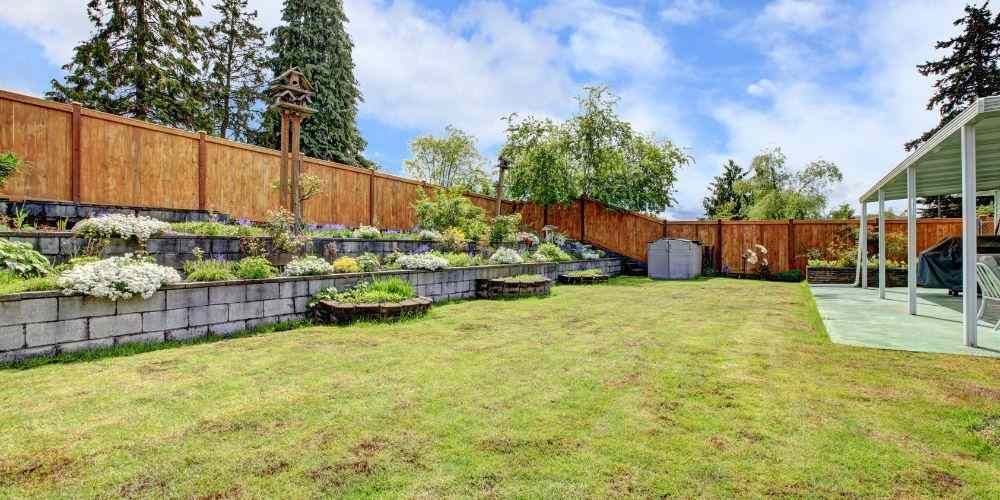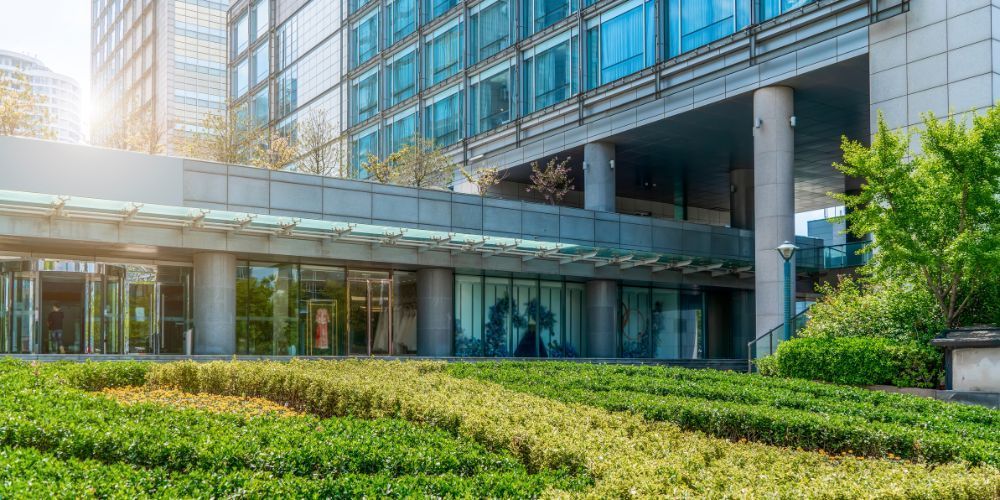The Ultimate Guide to Commercial Landscape Maintenance
A well-designed commercial landscape features a variety of plants, including perennials, trees, shrubs, ornamental grasses, and lawns, which add color, texture, and life to any property, whether it's an office building, retail center, healthcare facility, or residential complex.
What is Commercial Landscaping?
Commercial landscaping involves designing, installing, and maintaining outdoor spaces for businesses and public areas.
Unlike residential landscaping, which is more personal and decorative,
commercial landscaping focuses on professional appearance, usability, and sustainability while ensuring the space reflects the brand or purpose of the property.
Key Principles of Commercial Landscape Design

To create a well-balanced and effective outdoor space, landscape designers often follow these core principles:
- Unity: All parts of the landscape should work well together to create a space that looks good and makes sense.
- Balance: A good design uses symmetry or asymmetry to achieve visual stability.
- Proportion: Keeps everything in proper scale relative to surrounding structures and natural features.
- Focalization: Directs attention to a specific feature, such as a sculpture, water fountain, or entryway.
- Simplicity: Keeps the design clean and uncluttered by focusing on essential elements.
The Process of Commercial Landscape Installation
An outdoor area begins with a plan and continues through several important steps:
1. Planning
This stage involves a thorough site assessment, soil testing, and identifying the property's needs. Budgeting, scheduling, and hiring the right landscaping professionals are key to ensuring everything moves smoothly.
2. Design
Landscape architects or designers create plans that include plant selection, hardscaping features, and irrigation layouts.
3. Installation
With a design in place, the installation team brings the project to life. This includes building hardscape elements, planting trees and shrubs, laying turf, and setting up irrigation systems.
4. Maintenance
Regular tasks include mowing, pruning, fertilizing, watering, pest control, and seasonal clean-ups.
Also Read:
What is the Importance of Commercial Landscape Maintenance?
Tips for Maintaining a Successful Commercial Landscape

Here are some helpful strategies to keep a commercial landscape maintenance in top condition:
- Stay Updated: Monitor trends, customer preferences, and environmental factors that could influence landscape design and maintenance.
- Use Technology: Consider smart irrigation systems, design software, or project management tools to streamline operations.
- Check Equipment: Regularly inspect landscaping tools and machinery to ensure they’re in good condition.
- Know Your Market: Research competitors and learn from their approach to improve your landscaping strategy.
- Refine Marketing: Adapt your promotional strategies to better connect with commercial property owners and managers.
- Seek Feedback: Gather input from your team and clients to identify improvement areas and growth opportunities.
Final Thoughts
Commercial landscaping goes beyond just making a space look nice; it’s about creating an environment that reflects professionalism, safety, and thoughtful design. With the right approach to planning, design, installation, and maintenance, any commercial property can benefit from a landscape that enhances its value and appeal.
One can hire a reputable company like Landtech Scenery Inc. for professional service. It has a team of experts offering comprehensive services to suit the individual requirements of commercial landscapers and commercial landscaping with appealing and sustainable landscapes.










